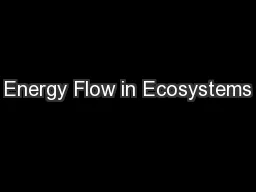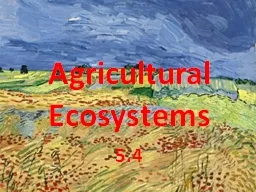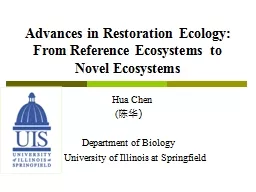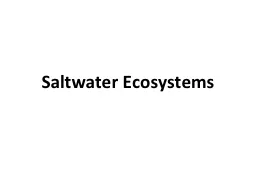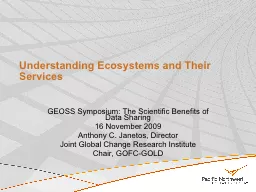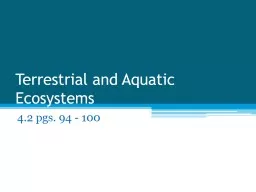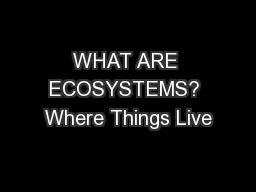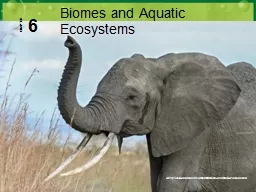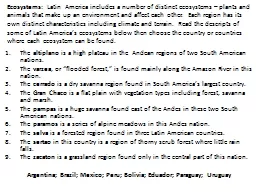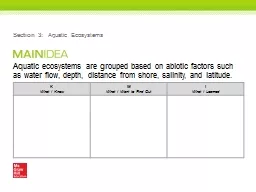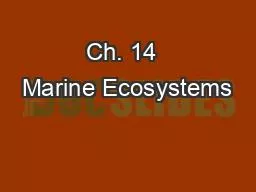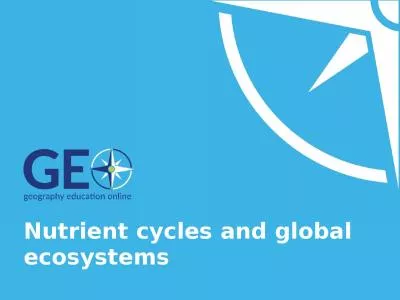PPT-Energy Flow in Ecosystems
Author : trish-goza | Published Date : 2016-06-14
AKA Bean Lab Day 1 Observe the DATA from the 2 ecosystems and look for similar patterns between the sets Quietly discuss as a group do NOT give any info to other
Presentation Embed Code
Download Presentation
Download Presentation The PPT/PDF document "Energy Flow in Ecosystems" is the property of its rightful owner. Permission is granted to download and print the materials on this website for personal, non-commercial use only, and to display it on your personal computer provided you do not modify the materials and that you retain all copyright notices contained in the materials. By downloading content from our website, you accept the terms of this agreement.
Energy Flow in Ecosystems: Transcript
Download Rules Of Document
"Energy Flow in Ecosystems"The content belongs to its owner. You may download and print it for personal use, without modification, and keep all copyright notices. By downloading, you agree to these terms.
Related Documents

